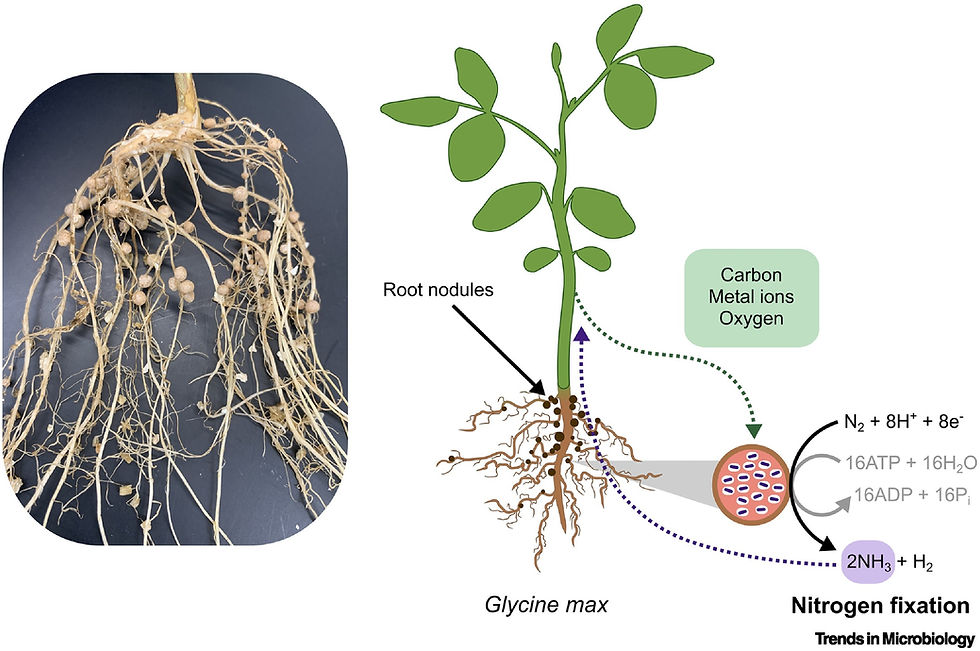Biological pest control agent profiles: Encarsia formosa
- Miguel M.LS.

- Oct 24, 2021
- 2 min read
Updated: Jan 12, 2022
Any gardener, no matter the scale of their work, have noticed at some point the infestation of little white insects, flying frenetically around the leaves of crops as diverse as tobacco, tomato, cabbage, or beets: it’s the whitefly, one of the most resistant pests in the world. The 2008 edition of the Encyclopedia of Entomology dedicates to this group of species (very similar to each other, if not even belonging to the same genus) the following lines:
“In the past decade, whiteflies as pests and vectors of plant viruses have become one of the most serious crop protection problems in the tropics and subtropics. Yearly losses are estimated in the hundreds of millions of dollars”
Enter a wasp of less than a millimeter of length: Encarsia formosa. A recently rediscovered agent of biological pest control, this minuscule wasp places its eggs within the bodies of whitefly nymphs, where their growth kills the whitefly and turns it into a chamber for the wasp larvae to grow and from which they will eventually hatch. This wasp was ‘rediscovered’ after being originally used for agriculture in the 1920s, and falling into oblivion by the mid-1940s as less complicated, cheaper, chemical pesticides appeared in the market. These seemed to be the perfect solution for the whitefly plagues until these began developing resistance very quickly: by the 1970s, Encarsia formosa was being talked about again.

An Encarsia formosa individual, laying its eggs on a whitefly nymph.
Between the moment they hatch (after twenty days in successive larval and pupal stages, inside the whitefly nymph’s body) and the moment they finally end their lives as adults, each Encarsia Formosa wasp can lay its eggs on over 200 whiteflies. It is particularly effective at establishing itself in tomato plants, which are at the same high-value crops and very often difficult spaces for predators to become established permanently.

A tomato leaf, showing parasitized and unparasitized whitefly nymphs. The predominance of parasitized nymphs is greater with each wasp generation (one generation lasts one week) until the infestation is eliminated or controlled.
AGENT PROFILE
Common name(s): Encarsia formosa, no common names are used.
Often-used species: Only the mentioned above.
Type of predator: Not predatorial, parasitic.
Potential damaging effects: None knew.
Interesting literature on its usage: A general review on its usage and effects (1998), a complete thesis produced by the University of Wageningen, Netherlands, on its usage for biological control (1995).



For homeowners in Vaughan, getting professional ant control Vaughan services can prevent infestations before they become a major issue!
Dealing with carpenter ants can be frustrating! For those needing a carpenter ant exterminator near me, this service is fantastic.